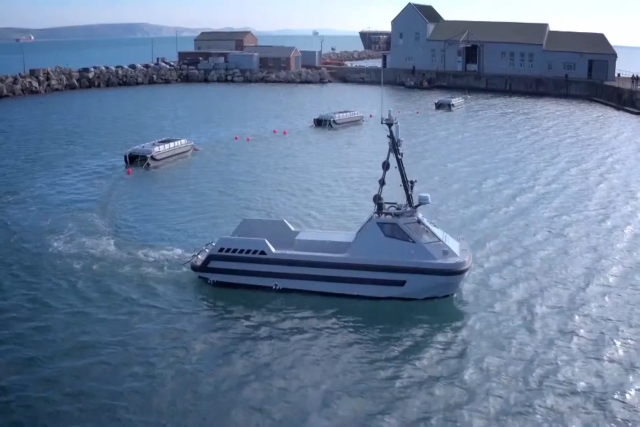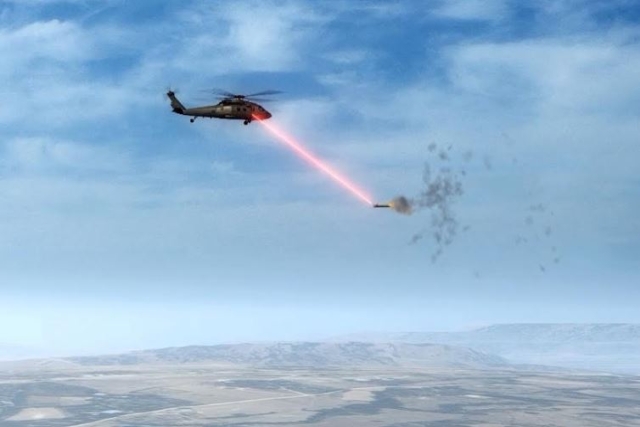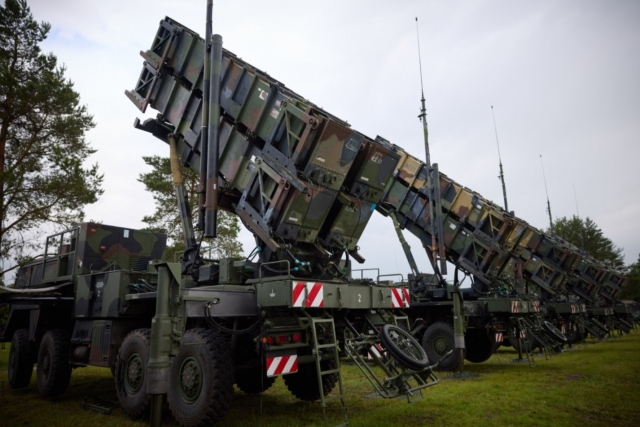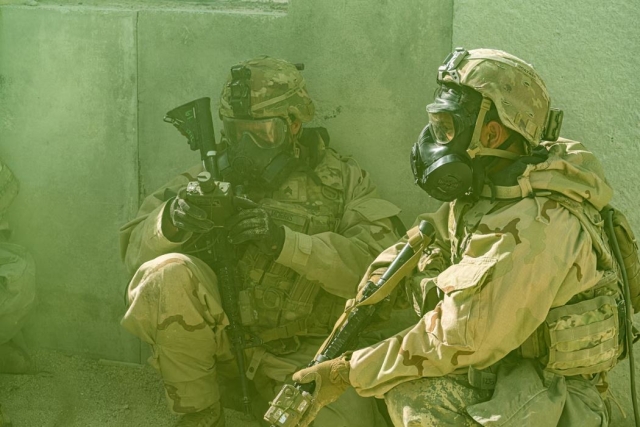Singapore homeland defence plans ‘Human Factors laboratory’ for fool-proof passenger screening

Mr. Wong Kan Seng, Deputy Prime Minister and Minister for Home Affairs, Singapore
-Speech by Mr. Wong Kan Seng, Deputy Prime Minister and Minister for Home Affairs, Singapore who was speaking at the inauguration of Global Security Asia 2009.
DW : Human Factors laboratory at the land checkpoints:
.: Singapore is setting up of a Human Factors laboratory at the land checkpoints to apply biometrics, behavior profiling and Bio-Signal analysis, according to Mr. Wong Kan Seng, Deputy Prime Minister and Minister for Home Affairs who was speaking at the inauguration of Global Security Asia 2009. “We will explore whether multi-modality biometrics (e.g., finger-print, face recognition, palm print, retina, iris, voice pattern, signature, ear, gait, skin texture and finger vein) can be used to verify and identify the travellers of security interest with a higher order of certainty”, Mr.Seng said. Mr Seng said in addition to protecting entry points for visitors and goods, Singapore will also have to protect the long and porous coast line as it is the world’s busiest port. As shown in the example of the Mumbai attacks, the importance of coastal security is clear, he said.
DW : Protective and Analytical Facility:
.: Two months ago, the Immigration and Checkpoints Authority (ICA) of Singapore set up a Protective and Analytical Facility (PAF) at the Tuas checkpoint which is the only dedicated land checkpoint for vehicles carrying hazardous materials, from Malaysia. Using advanced scientific equipment, the facility allows early screening and confirmation of security materials that are CBRE in nature. This facility protects our borders against the intrusion of materials that may cause harm if they managed to slip into Singapore undetected.
DW : Acquiring ten new Coastal Patrol Crafts:
.: To counter and deter potential seaborne threats, Singapore will significantly increasing the capabilities of the Police Coast Guard (PCG). “We are acquiring ten new Coastal Patrol Crafts (CPCs) and equipping them with better surveillance systems, radars and equipment for them to identify and track the movement of vessels. We will also boost the training for our PCG officers with the commissioning of an Integrated Tactical Training Centre this year”, the Dy. PM and Home Minister said.
DW : People are the key to fighting terrorism:
.: “Technological tools in themselves are useful but insufficient to detect and contain the terrorism threat. The tools are only as effective as their human operators. Our people are the key to fighting terrorism as it is not possible for the government alone to tackle every security threat. This is why we have placed emphasis on involving the community in the prevention, protection and consequence management in coping with terror attacks and mitigating the extent of its damages.
DW : Emergency Preparedness Days:
.: To get the general public prepared, Emergency Preparedness (EP) Days were introduced to prepare the community in coping with unconventional threats such as chemical release and bomb explosions through ‘live’ demonstrations as well as Emergency Preparedness validation stations. To strengthen our partnership with private sector stakeholders, we engage specific industries such as the hotel, financial institutions and chemical industries. We want to involve the private sector to play a bigger role in preparing for crisis situations through participation in emergency preparedness exercises and the implementation of target hardening measures”, the Dy PM and Home Minister added.
DW : Simulated Mumbai terrorist attack exercise:
.: The Dy. PM and Home Minister said, this year Singapore will be conducting a homeland defence exercise, Northstar VII which will be based on a terrorist scenario similar to that of the Mumbai attacks. Police will be conducting the exercise in collaboration with multiple government agencies and private organizations to test and improve the collective response of not just the government but also the community to such incidents.









